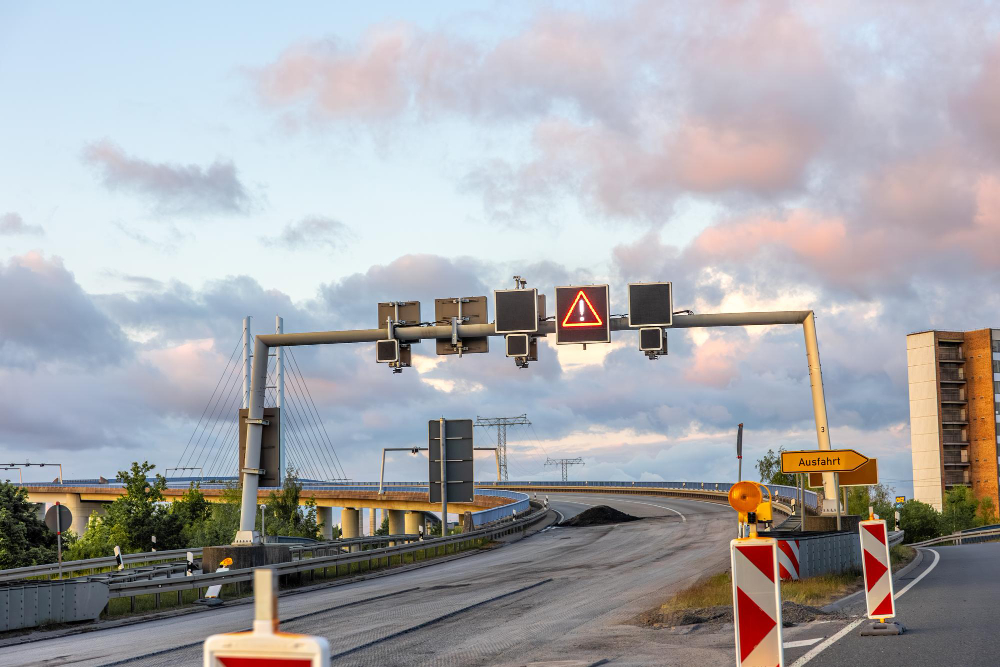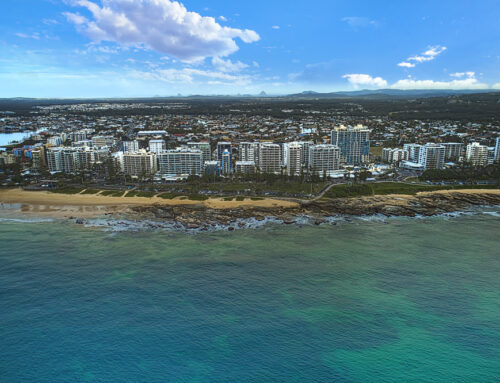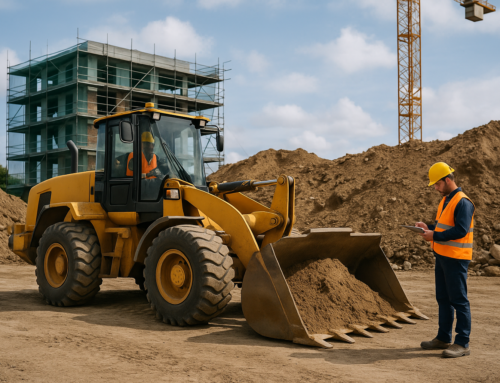
Suncoast Safety provides all Safe Work Method Statements (SWMS) & Mobile Plant Risk Assessments in Electronic editable PDF form and hard copies posted to you. We also provide 7 days a week of help and support including after hours.
We are here to help and support you and your business with nearly 20 years of experience.
Areas we service are Sunshine Coast, Brisbane, Gold Coast, Wide Bay, Hervey Bay, Bundaberg, North Brisbane, Ipswich, Toowoomba, South Brisbane, Tweed, New South Wales, Victoria, Northern Territory, Western Australia, North Queensland, Central Queensland, Cairns, Townsville, Rockhampton, Mackay
Ring us today for a free no obligation quotation Phone: 0429990418
Email: [email protected]
Whenever mobile plant such as a forklift is used in a workplace, a traffic management plan must be implemented to ensure the safety of drivers and pedestrians. It should be developed by those in charge of the business in consultation with workers and others in the workplace. Everyone affected by the plan must understand it and follow it.
The plan should consider:
- the physical environment, such as lighting, road surfaces, ventilation, and weather
- traffic destination, flow, volume, and priorities
- forklift stopping distances, turning (tail swing), and operator blind spots
- forklift characteristics, such as stability and attachments
- load characteristics, such as height, width and type – reorganising the layout of the workplace to minimise areas shared by pedestrians and forklifts
- ensuring workers are not placed at risk by walking with a load on the forklift to stabilise the load
- blind spots and corners
- a combination of audio (e.g., reversing alarms and horns) and visual (e.g., flashing lights) warning devices
- signs to indicate who must give way
- implementing and enforcing procedures that describe how pedestrians and forklifts must interact in different situations.
Further information and advice on traffic management can be found at Traffic management guidance plan and example template (PDF, 2.01 MB)
Any remaining risk must be minimised with suitable personal protective equipment. For example, the use of hard hats, steel cap boots, eye protection, hearing protection and high visibility vests where necessary. Administrative control measures and PPE rely on human behaviour and supervision. If used on their own, they are least effective in minimising risks.
The control measures you put in place should be reviewed regularly to make sure they work as planned.
More Information
- Traffic management guidance plan and example (PDF, 2.01 MB)






